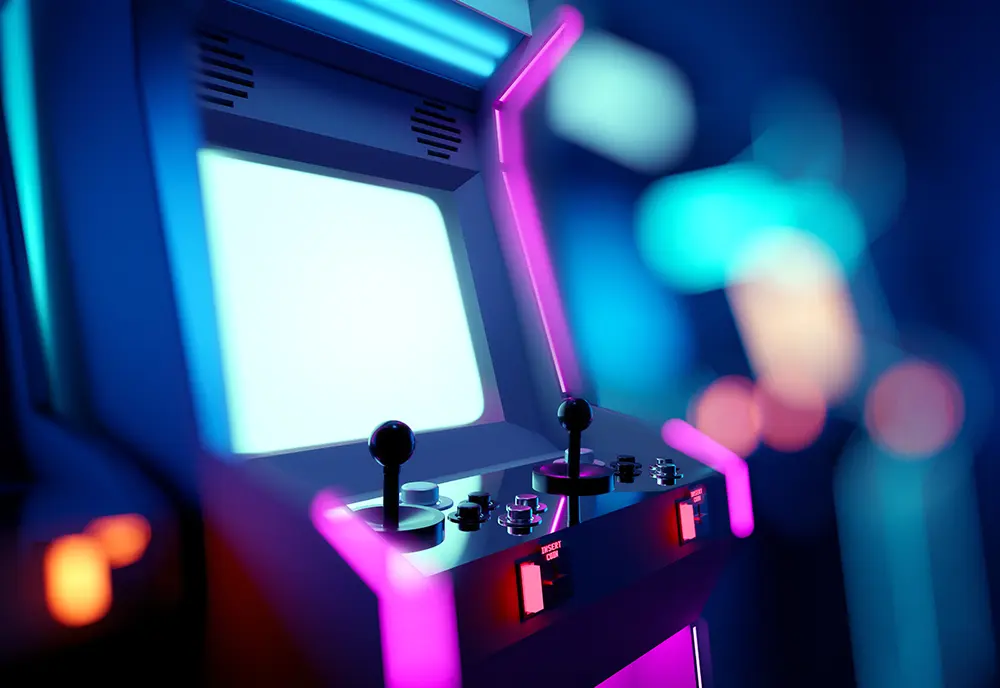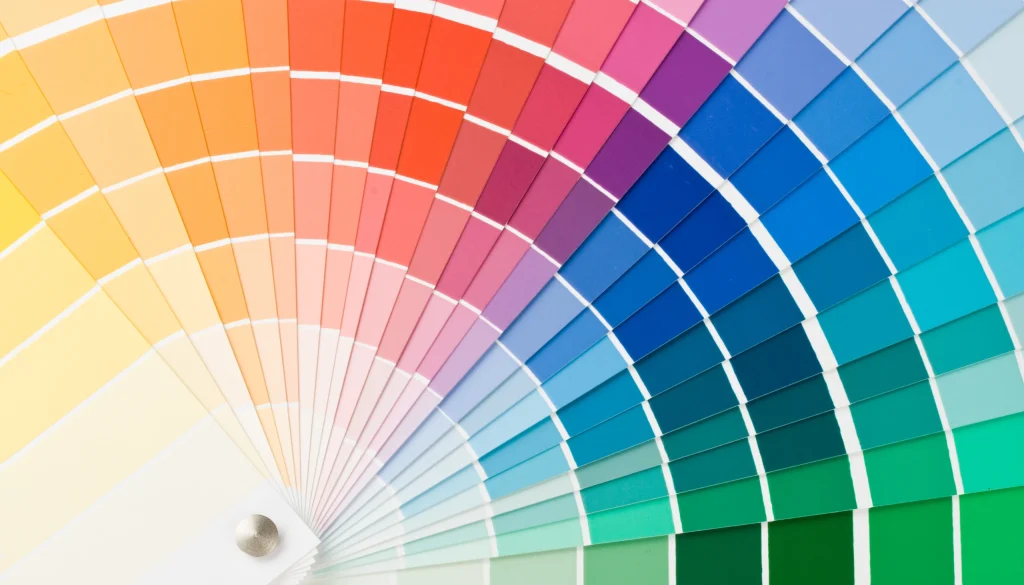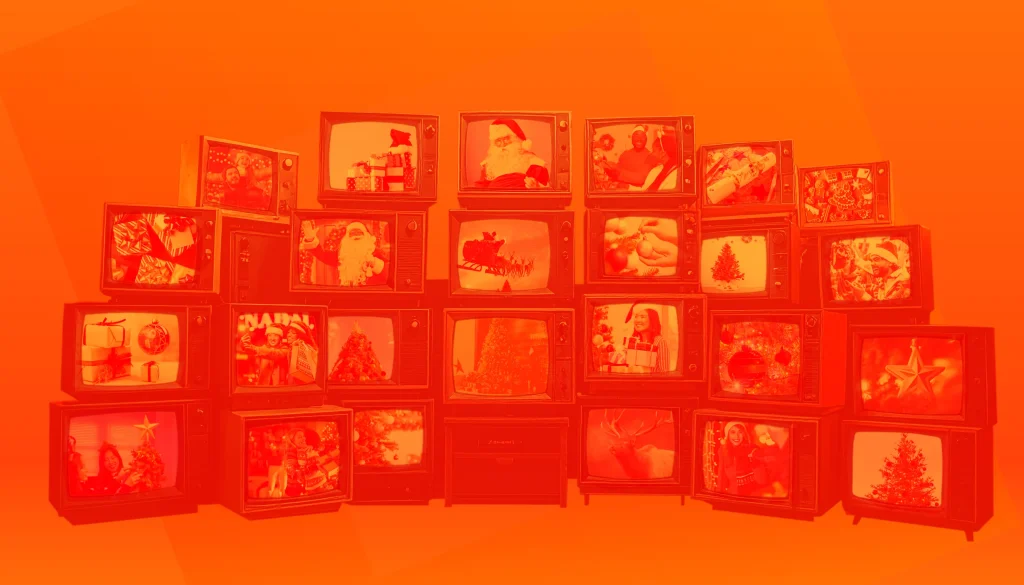These days, having your brand stand out amongst the constant bombardment of advertisements is a difficult task. In 2022 (2023 figures are not yet released) total advertising spend in the UK reached 34.8 billion(1). A total growth of 8.8% over 2021. With this obscene amount of money flowing through advertising, is it any surprise we’re exposed to so many advertisements and hooked to our favourite brands?
You may have seen one of the many marketing professionals on your LinkedIn feed claim we see anywhere from 5,000 up to 10,000 adverts a day. In reality, it’s a lot less than that, but even so, brands constantly need to think of new and exciting ideas to get your attention. One of which is nostalgia marketing, a powerful tool in generational marketing.
There have been plenty of examples of nostalgia marketing over the last decade. Who remembers the straight-laced mortgage and insurance adverts from the 90’s? While not bad, they targeted a totally different demographic and are a contrast to what we see now. Today, brands that offer these services are much more likely to partner with an old intellectual property like Robocop or tap into the brand’s own heritage. All in an effort to appeal to millennials who currently have the largest amount of spending power in the sector.
So we’ve tried to find two diverse examples of where nostalgia has clearly had an impact and demonstrates its power and popularity.
Example 1
He-Man & Skeletor
With this 2017 MoneySuperMarket advert featuring He-Man and Skeletor, they are targeting a very specific group of people. People who were born in and around the mid-70s to late 80s. A specific group of people within a 15-year time frame that MoneySuperMarket figured out was at the perfect age to sell their services to.
The advert won numerous awards and was the highest-scoring advert in 2017.
“The commercial results of the campaign were equally striking:
Enjoyment scores for the MoneySuperMarket brand increased by 40%
Brand awareness increased by 38%
Year-on-year target website growth was surpassed by 20%”
(2) bornlicensing.com
Darren Bentley, marketing director at MoneySuperMarket.com, said: “We’re always looking for entertaining new ways to illustrate that epic feeling you get when you save money on your household bills. This time, we’ve harnessed the power of nostalgia to bring together two of the most iconic cartoon characters of the ‘80s to recreate the dance moves from one of the greatest films of that era. We hope fans enjoy the tribute.”
(3) campaignlive.co.uk
Example 2
Popularity of nostalgia
For this example, we wanted to showcase the popularity of nostalgia and show how powerful it can be. We wanted a film/song/artist or other type of property that is usually the source of nostalgia. Here’s a list of some of the songs in the top 40 in February 2023 split into two groups. Group A are new artists and Group B are artists that have been around for over 20 years. All data is taken from YouTube and represents the YouTube listens/views they achieved in 2023:
Group A
We picked these four that were constantly on the office radio.
Taylor Swift – Lavender Haze (58m during 2023)
Lewis Capaldi – Forget Me (49m during 2023)
George Ezra – Green Green Grass (39m during 2023)
Sam Smith – I’m Not Here To Make Friends (24m during 2023)
Group B
We’ve picked these three artists as, to memory, they were the biggest artists in 2003
Linkin Park – Lost (79m during 2023)
Pink – Trust Fall – (64m during 2023)
Beyonce – Cuff It – (57m during 2023)
Take Linkin Park as the highest-ranking example. A band that is no more after the death of Chester Bennington, releasing a 20-year-old song they found from their Meteora era (2003). Not only did it do well, but the feeling of nostalgia was directly mentioned by many fans. Nostalgia clearly plays a big part in the media we choose and can elevate to the point where it can sometimes surpass what is popular and current now.
Nostalgia is naturally misunderstood by those from the outside looking in and can alienate some audiences. The sound of a PS1 starting up or watching Arnold Schwarzenegger blow up a jungle is enough nostalgia for some like Rob, our Senior Digital Content Creator, to spend his savings on, but to others it means absolutely nothing and can be confusing. This means the use of nostalgia needs to be carefully controlled so that it’s open to a wider audience. The Skeletor – He-Man advert is a fantastic example of a company targeting a very specific demographic while also making sure to keep people without the memories of it engaged.
Capitalising on a brand’s heritage
Finally, we wanted to include some brands that have used their heritage as a tool.
Burger King
A famous recent example of a brand going back to the 70s and creating something fresh, relatable and nostalgic.
Pepsi
While Coca-Cola hasn’t changed their logo in the last 125 years, Pepsi has gone through a number of changes with the latest logo now taking inspiration from its heritage.
Cadbury’s
Cadbury’s is a great example of a brand using their 200 years of history to do the talking.
References:
(1) https://adassoc.org.uk/our-work/uk-ad-spend-grew-8-8-in-2022-to-reach-34-8bn-inflationary-pressures-persist-with-minimal-growth-forecast-for-2023/
(2) https://bornlicensing.com/portfolio/masters-of-the-universe-and-moneysupermarket
(3) https://www.campaignlive.co.uk/article/moneysupermarketcom-pays-homage-dirty-dancing-latest-spot-mother/1443428






